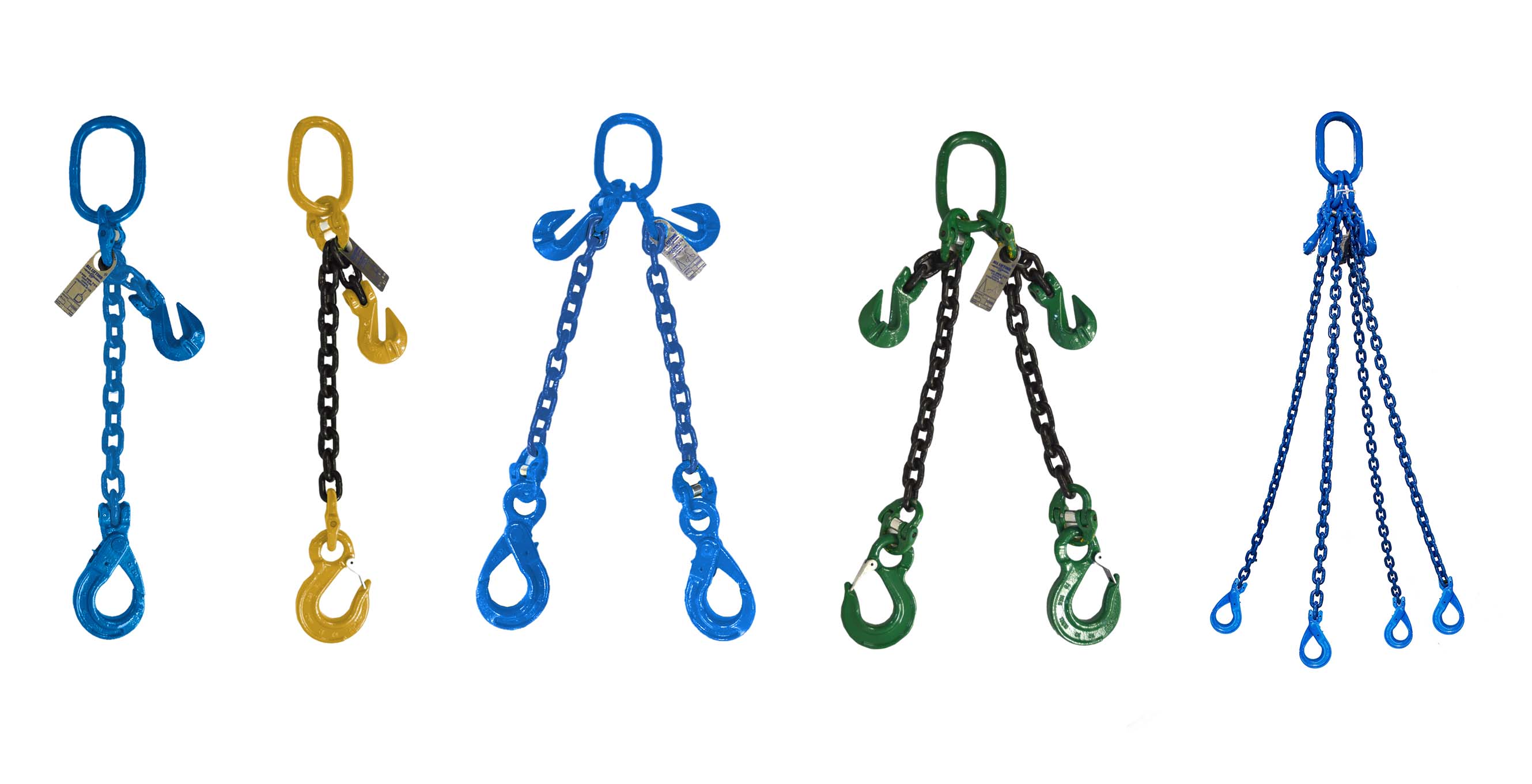Posted on April 19, 2024
Spring Balancers: Lift Your Tools with Ease

Image Source: Google
Spring balancers are nifty devices that can make your work life much easier by helping you lift and suspend heavy tools effortlessly.
Whether you are working in a garage, workshop, construction site, or any other industrial setting, spring balancers can be incredibly useful for improving efficiency and reducing strain on your body. In this article, we will explore the benefits of using spring balancers and how they can enhance your work environment.
The Benefits of Using Spring Balancers
1. Ergonomic Support
- Best Spring balancers help reduce the physical strain on workers by providing ergonomic support during tool handling.
- They allow tools to be suspended at the desired height, eliminating the need for manual lifting and lowering.
- This can prevent injuries and musculoskeletal disorders caused by repetitive lifting and awkward postures.
2. Improved Efficiency
- With spring balancers, tools can be easily retrieved and returned to their resting position with minimal effort.
- This saves time and energy, allowing workers to focus on their tasks more efficiently.
- Workers can also work faster and more accurately when tools are conveniently suspended within reach.
3. Safety and Stability
- Spring balancers provide a secure way to store tools when not in use, preventing accidents and minimizing clutter in the work area.
- By keeping tools off the ground, they are less likely to be tripped over or damaged.
- Workers can also avoid the risk of tools falling from heights and causing injuries.
How Spring Balancers Work
Spring balancers operate on a simple principle of counterbalancing the weight of the suspended tool with an internal spring mechanism. When a tool is attached to the hook of the spring balancer, the spring is stretched, creating upward tension that offsets the tool's weight. This allows the tool to float weightlessly at the desired height, ready to be used at a moment's notice. Here is a step-by-step guide on how spring balancers work:
1. Attaching the Tool
- Securely attach the tool to the hook or hanger of the spring balancer.
2. Adjusting the Height
- Use the adjustable tension knob or lock mechanism to set the desired height for the tool.
3. Using the Tool
- The tool will remain suspended at the chosen height, allowing easy access and maneuverability.
4. Returning the Tool
- Once finished, simply release the tool from your grip, and the spring balancer will retract, lifting the tool back to its resting position.
Applications of Spring Balancers
Spring balancers are versatile tools that can be used in a wide range of industries and work environments. Here are some common applications where spring balancers are particularly beneficial:
1. Automotive Workshops
- Spring balancers are commonly used in automotive repair shops to suspend heavy pneumatic tools such as impact wrenches, air ratchets, and spray guns.
- They help mechanics work more efficiently by keeping tools within easy reach and reducing the risk of accidents.
2. Manufacturing Plants
- In manufacturing plants, spring balancers are used to support assembly line tools, overhead cranes, and other heavy equipment.
- They improve workflow efficiency, reduce downtime, and enhance worker safety by preventing tool mishandling.
3. Construction Sites
- Construction workers often use spring balancers to lift and suspend power tools, welding equipment, and other heavy machinery at various heights.
- They help workers operate tools with precision and ease, even in hard-to-reach areas or tight spaces.
